Familiarity with Treatment
The insertion of a corneal ring using a femtosecond laser is a procedure primarily used to treat keratoconus and other corneal ectatic disorders. The femtosecond laser allows for precise creation of channels within the cornea where the ring segments are placed. This procedure helps to flatten the cornea and improve vision.
Procedure Explanation
- Anesthesia:
- Local anesthesia is administered to numb the eye.
- Channel Creation:
- A femtosecond laser is used to create precise channels within the corneal stroma.
- Insertion of Corneal Ring:
- The corneal ring segments are inserted into the channels created by the laser.
- The ring segments help to reshape the cornea and improve its curvature.
- Post-Surgery:
- The eye is covered with a protective shield to aid healing.
Who is it Suitable For?
- Patients with keratoconus or other corneal ectatic disorders.
- Individuals with irregular astigmatism that cannot be corrected with glasses or contact lenses.
- Patients who are not candidates for corneal transplant.
Who is it Not Suitable For?
- Patients with active eye infections or severe inflammation.
- Individuals with very thin corneas that cannot support the ring segments.
- Patients with conditions that may affect healing, such as uncontrolled diabetes.
Advantages
- Improved Vision: Can significantly improve vision by reshaping the cornea.
- Minimally Invasive: Less invasive compared to corneal transplant.
- Quick Recovery: Typically involves a shorter recovery period.
- Precision: The femtosecond laser allows for highly precise channel creation.
Complications
- Infection: Risk of postoperative infection.
- Displacement: The ring segments may shift or become dislodged.
- Vision Changes: Possible temporary or permanent changes in vision.
- Glare and Halos: Some patients may experience glare or halos around lights.
- Corneal Thinning: Potential for further thinning of the cornea.
Previous Care
- Preoperative Assessment: Comprehensive eye examination and corneal measurements.
- Medication Review: Adjustments to current medications, especially those affecting healing.
- Health Evaluation: General health check to ensure suitability for surgery.
Aftercare
- Medications: Use prescribed eye drops to prevent infection and control inflammation.
- Follow-Up Visits: Regular check-ups to monitor healing and detect any complications.
- Activity Restrictions: Avoid strenuous activities and protect the eye from injury.
- Vision Monitoring: Report any changes in vision or discomfort to your ophthalmologist immediately.
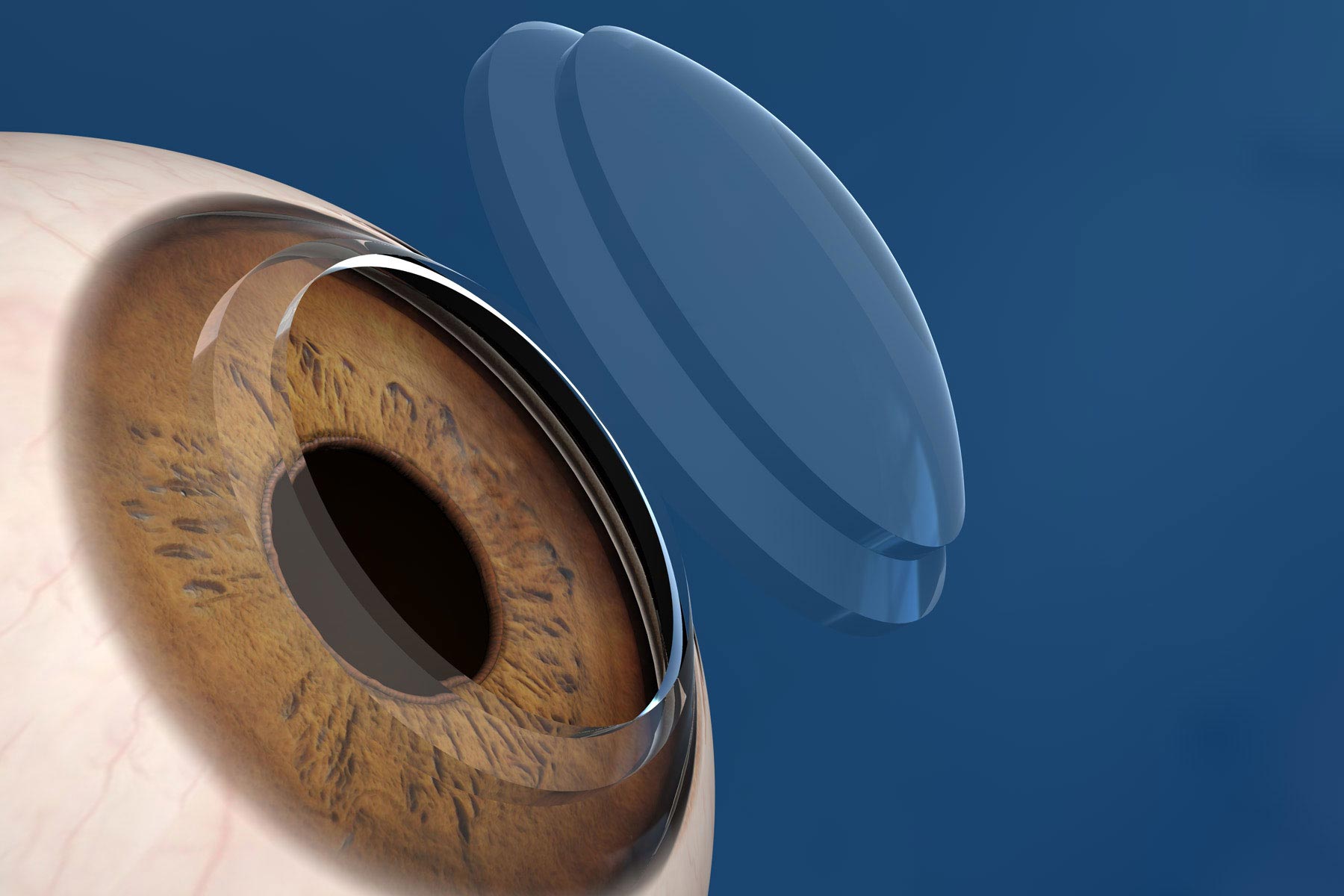
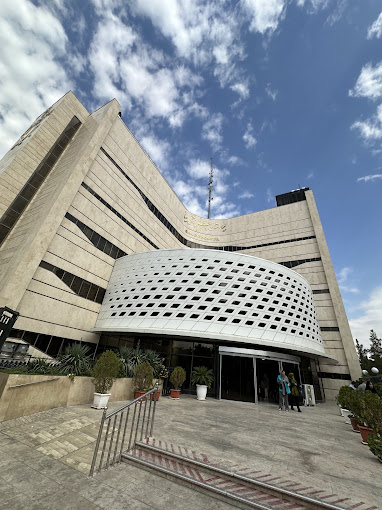

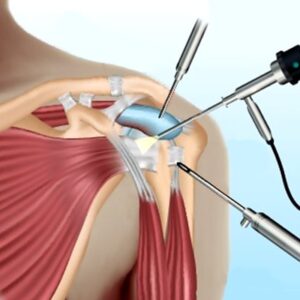
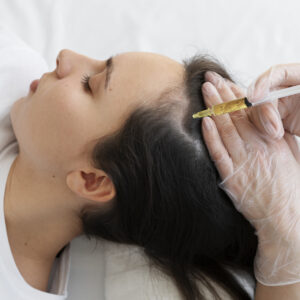
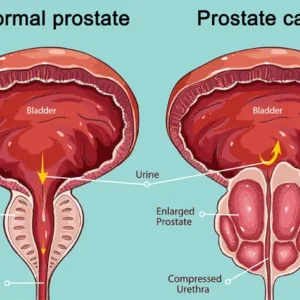
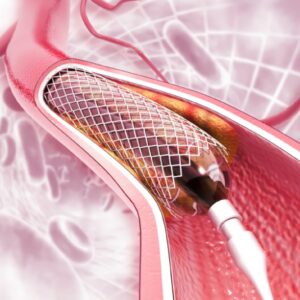
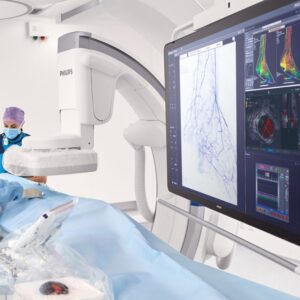
Reviews
There are no reviews yet.